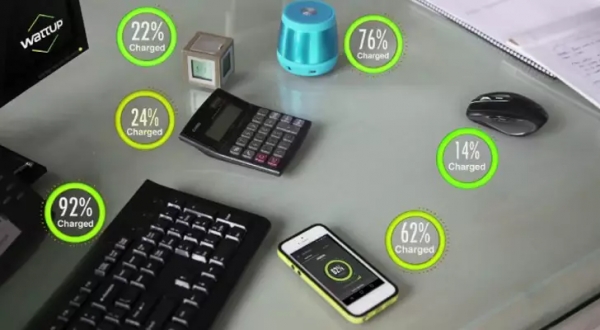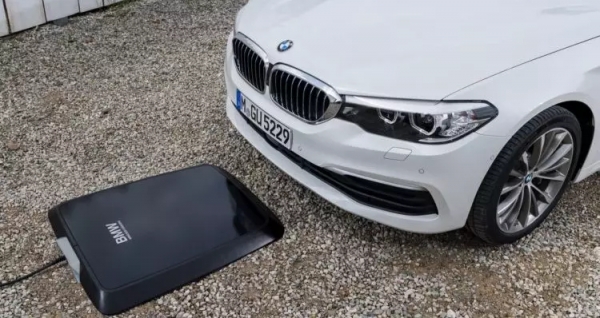
 Data Structure
Data Structure Networking
Networking RDBMS
RDBMS Operating System
Operating System Java
Java MS Excel
MS Excel iOS
iOS HTML
HTML CSS
CSS Android
Android Python
Python C Programming
C Programming C++
C++ C#
C# MongoDB
MongoDB MySQL
MySQL Javascript
Javascript PHP
PHP
- Selected Reading
- UPSC IAS Exams Notes
- Developer's Best Practices
- Questions and Answers
- Effective Resume Writing
- HR Interview Questions
- Computer Glossary
- Who is Who
What is the principle behind wireless charging?
In the present world, technology has got very advanced. Most of our daily tasks have been automated which has made us more reliable on electronic gadgets. Wireless Charging gives an advantageous, safe, and solid approach to charge and power a large number of electrical gadgets at home, in the work, and in industries.

By removing the use of physical connectors and links, remote charging makes it efficient and brings cost and safety advantages over the conventional charging wire. From cell phones to hand-held mechanical gadgets and heavy duty gear applications, wireless power keeps them protected, constant and maintains the reliable exchange of energy to guarantee all gadgets and hardware are charged and prepared to go immediately.
What is Wireless Charging?
Basically remote charging (a.k.a wireless power exchange or induction charging) utilizes electromagnetic fields to securely transfer power from a transmitting source to the gadget for remotely charging (or reviving) the battery.
As the name recommends, it does as such without the utilization of a physical wire.
Wireless charging depends on the principle of magnetic reverberation or Inductive Power Transfer. It is the process of exchanging an electrical current between two items using coils to actuate an electromagnetic field.

The principle of Wireless Charging
Mains voltage is changed into a high-frequency alternating current (AC).
The AC is sent to the transmitter coil by the transmitter circuit. The alternating current at that point produces a time fluctuating magnetic field in the transmitter coil.
The AC inside the transmitter coil initiates an attractive field which stretches out to the receiver coil at a limited distance.
The magnetic field creates current inside the receiver loop of the gadget. The procedure where the power is transmitted between the transmitter and receiver coil is likewise known as magnetic or full coupling and is accomplished by the two coils reverberating at a similar frequency.
Current inside the receiver loop is changed into direct current (DC) by the recipient circuit, which would then be able to be utilized to remotely charge the battery.
Applications
- Smartphones and tablets
- Wearable devices
- Any device which runs on batteries
- Medical devices and equipment
- Vehicles etc.

Regardless of the gadget, business, or application, the removal of the physical connection required for driving or charging gadgets conveys various advantages over conventional link connectors.
An industry standard is required to guarantee interoperability among transmitters and collectors made by various makers. There are presently two key organizations seeking to put forward a specification for wireless charging: the Wireless Power Consortium (WPC) and the Airfuel Alliance.

